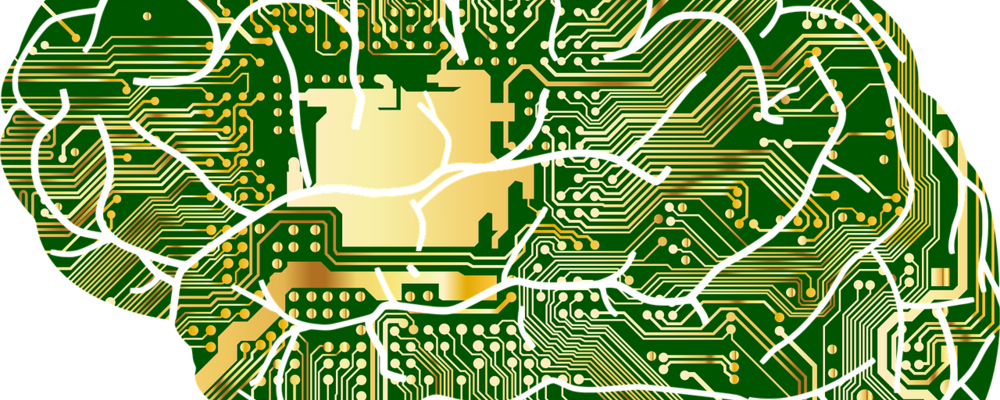
Taking Autism Apart
Lynn Waterhouse's latest blog entry
[Posted on 7 November, 2017 by Lynn Waterhouse]
At present, about 30% of ASD is accounted for by specific known genetic and environmental syndromes. Researchers argue that the remaining 70% of ASD is caused by de novo (newly occurring) genes, rare inherited genes, and many common gene variants as well as environmental factors (Chaste et al., 2017). Because there are nearly 1,000 common gene variants involved in ASD, researchers believe that many thousands of groups of individuals with ASD must be studied. However, in pressing for myriad giant ASD samples, many researchers assume that there is one underlying social brain system that is impaired in all with ASD: the posterior superior temporal sulcus at the temporoparietal junction, the temporal poles, and the dorsal medial prefrontal cortex. However, this assumption is wrong. Reviews of ASD imaging and neuropathology studies have shown that there are many widely varied brain impairments in ASD (Waterhouse, 2012; Waterhouse et al., 2016). Consequently, there is no unitary ASD social brain impairment that all the many combinations of gene variants produce.
Why is this mistaken assumption of a single faulty ASD social brain circuit necessary? Because ASD samples have too much behavioral variation to provide a justification for studying ASD as a whole. ASD has no shared early brain or behavioral predictor, no shared consistent developmental course, no shared Broader Autism Phenotype, no replicated subgroups, and no unitary recurrence risk rate. Nearly all (96%) of those with ASD have significant non-diagnostic symptoms, including many who have full comorbid disorders. The phenotypic brain and behavior links between ASD and other neurodevelopmental disorders remain unclear. In short, ASD is not one disorder, nor is it a single spectrum of linked disorders.
Taking ASD apart will be difficult. A first step is for researchers to accept that brain impairment in ASD varies significantly from one individual to another. A second step is to create study groups based on specific associated non-diagnostic symptoms. Forming groups with known shared specific brain deficits is one possibility. Another possibility is narrowing a group by gender, phenotype severity and family structure. For example, Turner et al. (2015) studied a subgroup of females who had a severe ASD phenotype and were from families that had additional ASD females. Turner et al. (2015) did find that all these females shared variants in the gene catenin delta 2 (CTNND2).
A third step is to re-organize the way neurodevelopmental disorders are identified. Ideally this would involve a means of collecting information about symptoms across many disorders. Gillberg (2010) has proposed “Early Symptomatic Syndromes Eliciting Neurodevelopmental Clinical Examinations” or ESSENCE, to include early appearing difficulties in general development, communication and language, social interrelatedness, motor coordination, attention, activity, behavior, mood, and/or sleep. ESSENCE disorders include ASD, ADHD, intellectual disability, borderline personality disorder, oppositional defiant disorder (ODD), specific language impairment (SLI), learning disabilities (LD), nonverbal learning disabilities (NVLD), tic disorders, behavioral phenotype syndromes, rare epilepsy syndromes, and reactive attachment disorder. Gillberg (2010) found high comorbidity across diagnoses such that most children had two or more diagnoses.
[This is a blog. The purpose of the blog is to provide information and raise awareness concerning important issues. All views and opinions expressed are those of the writer and not necessarily shared by the GNC.]